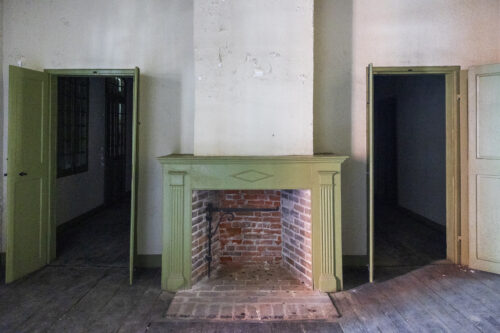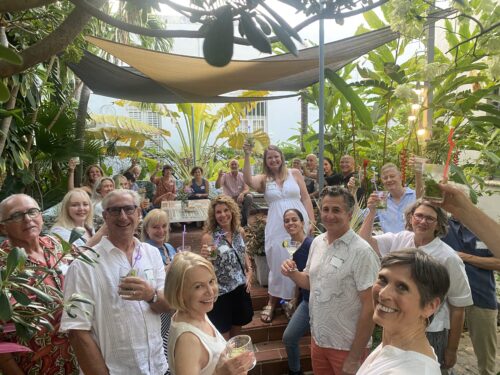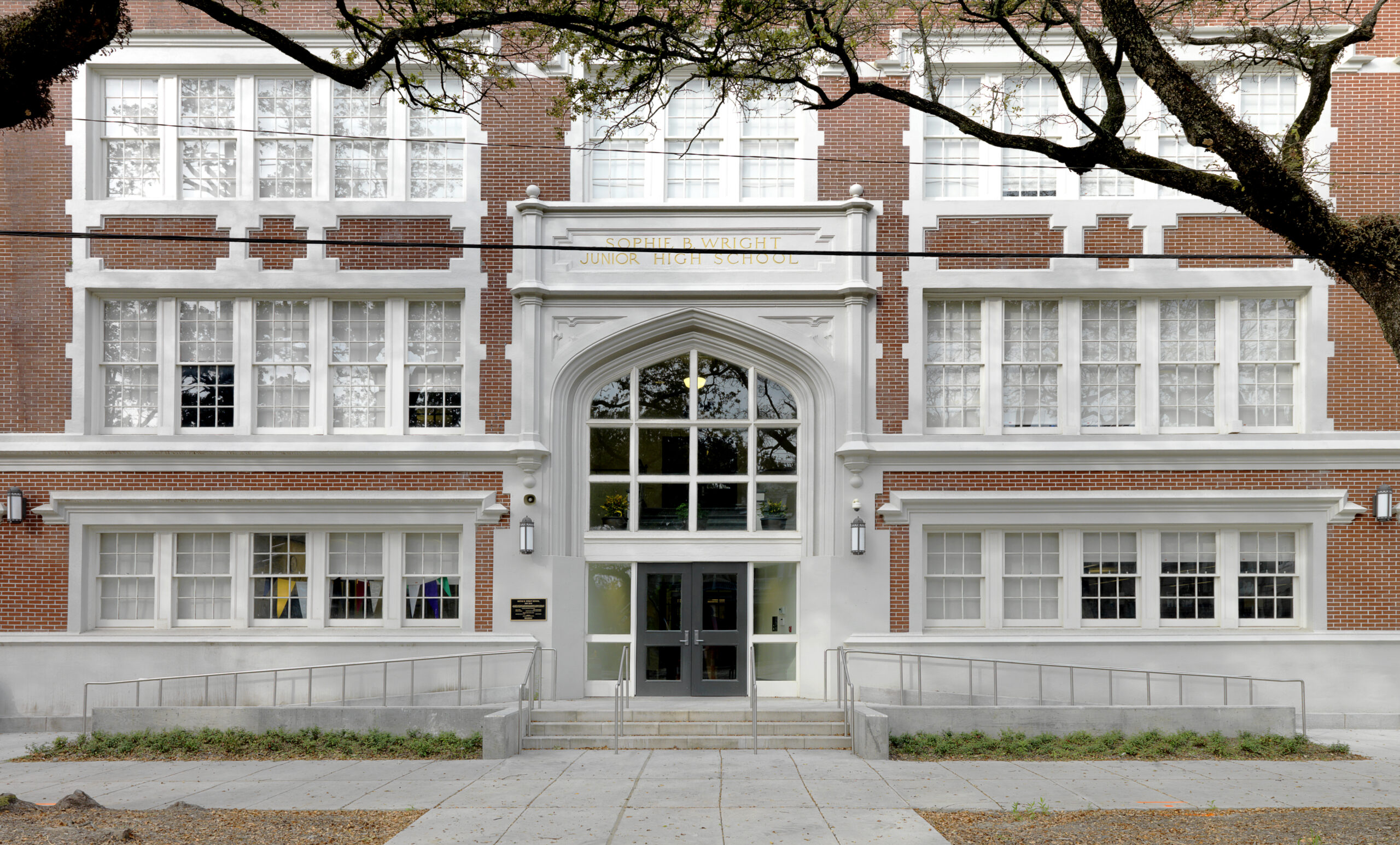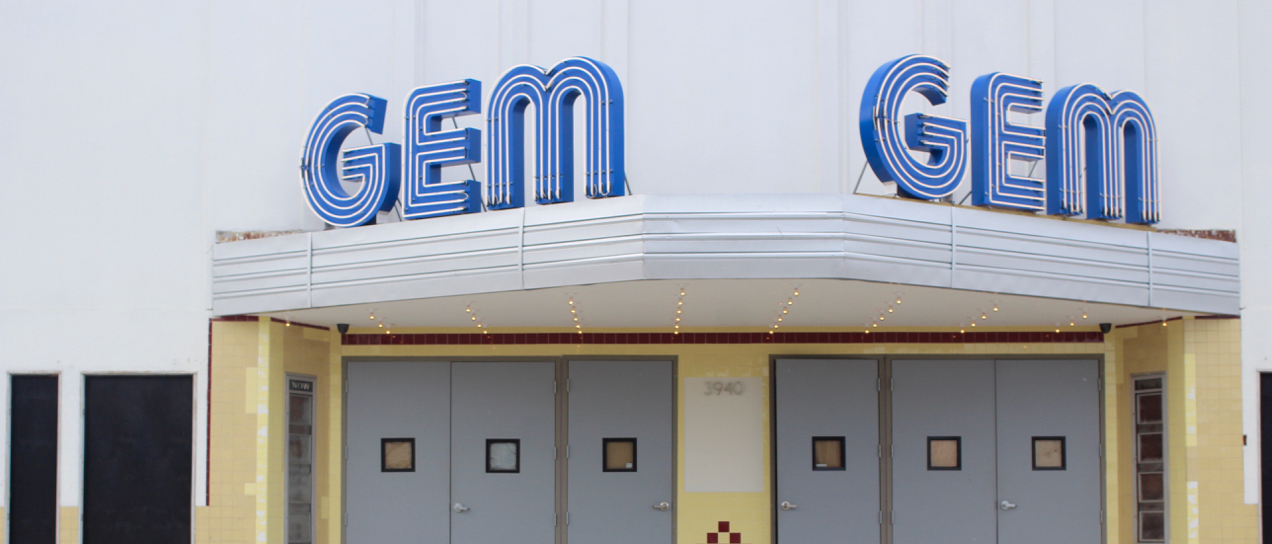In 1995, Bill and Chris Stotesbury, visitors from the United Kingdom, were on my tour of historic jazz sites in New Orleans. As the bus pulled up to pioneer band leader Edward Kid Ory’s house at 2133 Jackson Ave., the Stotesburys and their tour mates were horrified to see not a plaque or national historic marker, but a crumbling crack house complete with addicts spilling out onto the sidewalk.
“This place is Mecca to us,” Bill, a noted UK trad jazz musician said, wondering how anyone could fail to see the building whose history he treasured.
Indeed, our Mecca showed little tangible embrace of its musical pioneer’s homes and haunts as landmarks prior to a PRC initiative in which dozens were first marked with plaques over a decade ago.
[twentytwenty]
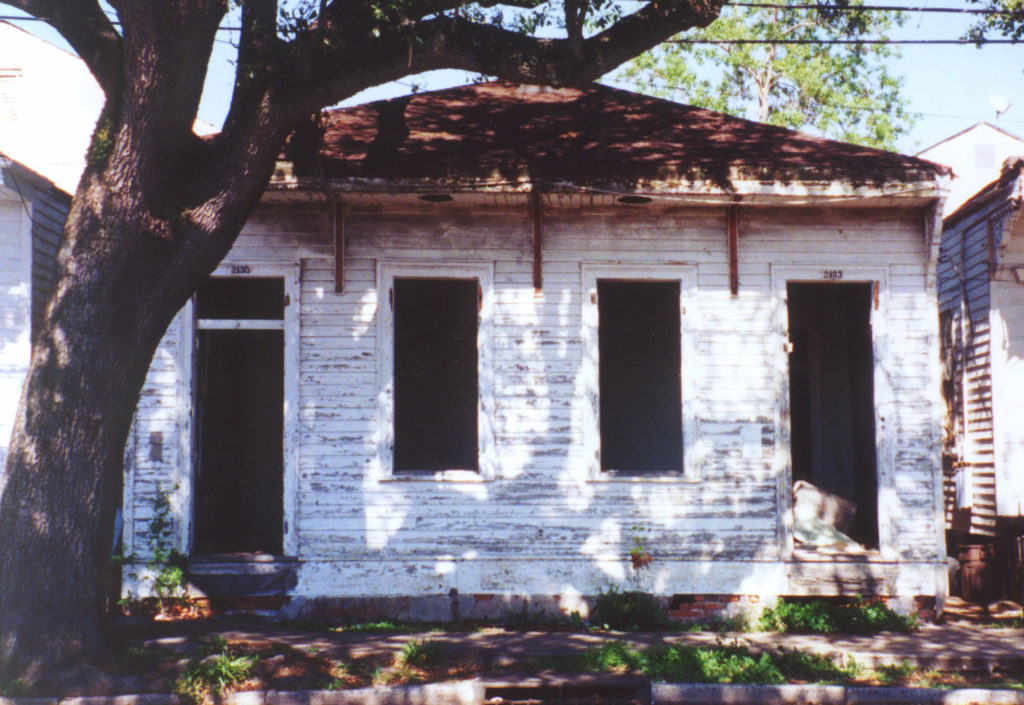
[/twentytwenty]
Pictured above: 2133 Jackson Ave. (previously 2133-35), was the home of legendary jazz trombonist Kid Ory, and one of the three jazz houses saved by PRC and its partners. The renovation was funded by an Edward Wisner Foundation grant administered by the City of New Orleans in 2001, which funded the renovation as well as PRC’s jazz houses program.
More importantly, the PRC holds the distinction of saving and renovating Ory’s home, the former crack house. It was the first time a building in our city was saved from demolition, renovated and marked with a plaque simply because it was the home of a jazz musician. It was then sold back into private ownership. That happened in 2000. Has the passing 16 years witnessed a repetition of the “Ory” miracle?
It’s a mixed bag.
The good news is the PRC has continued its initiative and has since played a role in saving the home of Henry Red Allen and Kid Sheik Colar. Further, they have now placed markers on 57 houses across the city with four more currently in the works. The idea of a ‘jazz landmark’ is certainly a reality, and speaking as the owner of one of these properties — 235-37 Morgan St., home of Emmett Hardy — I can attest that it makes a great marketing tool. Win-win.
Conversely, the future of what have been called the four “most significant early jazz landmarks in existence” — Eagle Saloon, the Iroquois Theatre, the Karnofsky Tailor Shop and Buddy Bolden’s home — remain in question. While none can simply be torn down, owners can effectively “demolish by neglect,” and neglected these structures have been for much of the last 25 years
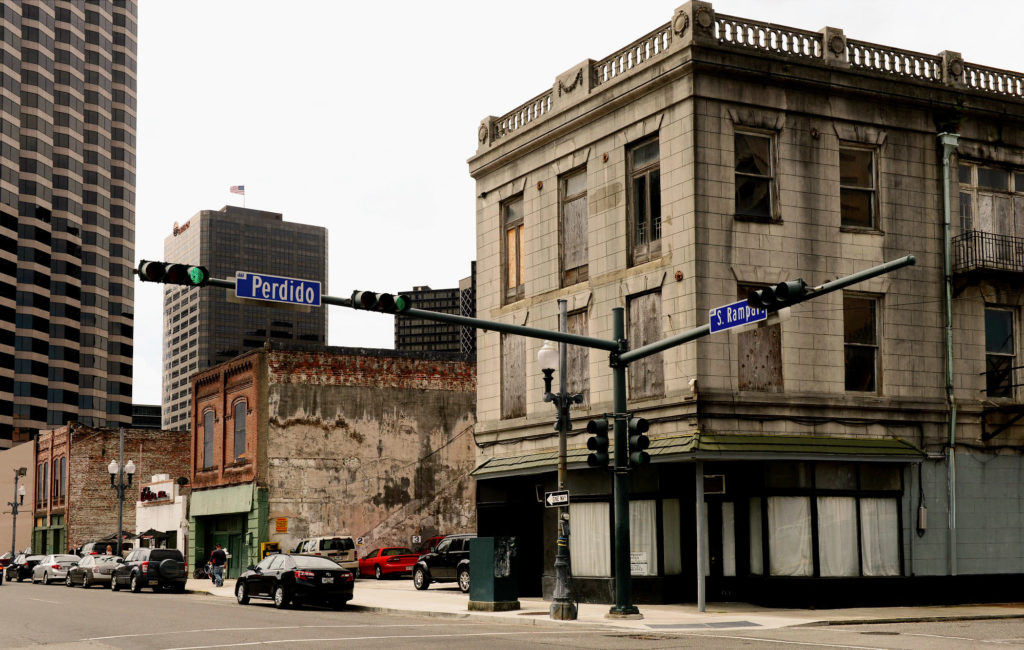
Photo by JOHN McCUSKER — Three buildings listed as a UNESCO World Heritage site include The Karnofsky Tailor Shop, Iroquois Theatre and Eagle Saloon (left to right) in the 400 block of S. Rampart Street Thursday, April 4, 2013.
At the corner of Rampart and Perdido sits the Eagle Saloon, a haunt of legendary cornetist Buddy Bolden and the Eagle Band. Its ownership is currently in the hands of a nonprofit that has done some exploratory and cosmetic work as well as a much needed roof repair. A separate organization is raising funds for the effort as well. The building is listing and part of it collapsed onto Perdido street in 2004.
Up the street are the Iroquois Theatre — where Louis Armstrong and Jelly Roll Morton performed — and the Karnofsky Tailor Shop, where a young Armstrong worked. Possession of the Iroquois and Karnofsky recently changed hands from the longtime owners, the Meraux Foundation, to local developer Joseph Georgusis, who set off alarm bells with preservationists when he was quoted as saying he would renovate the buildings’ facades, leaving the plans for the buildings themselves hanging.
Buddy Bolden is the man identified as being the first jazz band leader, arriving on the scene in the late 1890s. He grew up on First Street in Central City in a world filled with brass band parades and funerals, Mardi Gras Indians and “holy roller” church music — all of which informed the musician he became. He used to blow a signature cornet cadenza to announce his gig and “call his children home,” as he used to say.
Bolden’s home, a modest shotgun double at 2309-11 First St., was purchased by the Greater St. Stephen Full Gospel Baptist Church in 2008. Up until that time it had been an occupied rental property, but after the church bought it, the house was boarded up. Soon, the 130-year-old cornices were gone, and transients found refuge by climbing through an uncovered window.
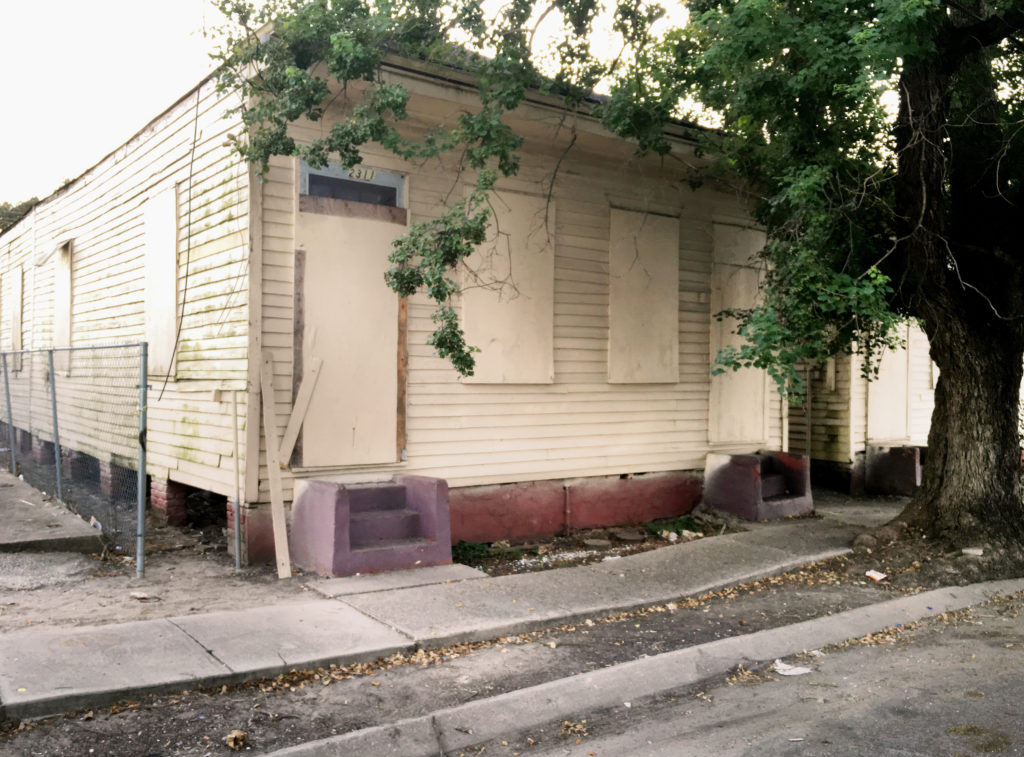
Photo by JOHN McCUSKER — Buddy Bolden’s home in Central City.
The church has faced a pittance of fines but to date has done nothing to honor Bolden, despite unfulfilled promises to the contrary. Through the years the rain has come through the roof, the termites have eaten the windows out and each Saturday a new batch of cultural tourists climb into my van and witness the way New Orleans honors the birthplace of jazz.
“What can be done?” they always ask me. I shake my head. The fact is there is little that can be done about an owner’s negligence if they choose to demolish by neglect. “Why doesn’t the government take over the property, or buy it like in our country?” they often ask further. Eminent domain has been exercised in New Orleans very rarely, and the result was actually the destruction of jazz landmarks — specifically, the birthplace and homes of Louis Armstrong. The cultural tourists shake their heads then shoot a selfie on the stoop where Bolden used to sit and practice, to the delight of neighborhood children. A souvenir of a pilgrimage and a document of prophet without honor in his own home. Bolden is still calling his children home…at least for now.
John McCusker-is a retired journalist, author of Creole Trombone: Kid Ory and the Early Years of Jazz, and creator of the Cradle of Jazz Tour.
Join PRC for the CradLe of Jazz tour on Saturday, January 21, 2017
This two-and-a-half hour bus tour beginning promptly at 10 a.m. will leave from 923 Tchoupitoulas St. The tour will be narrated by John McCusker, and accompanied by the sounds from his vintage music collection. The tour will travel to jazz sites significant to Buddy Bolden, Louis Armstrong, and other renowned New Orleans jazz musicians. Seats are limited and pre-registration is required. For more information or to register, follow the link above, call 504.636.3399 or email sblaum@prcno.org. $45/$40 PRC members.
Explore PRC’s jazz houses and listen to the music

